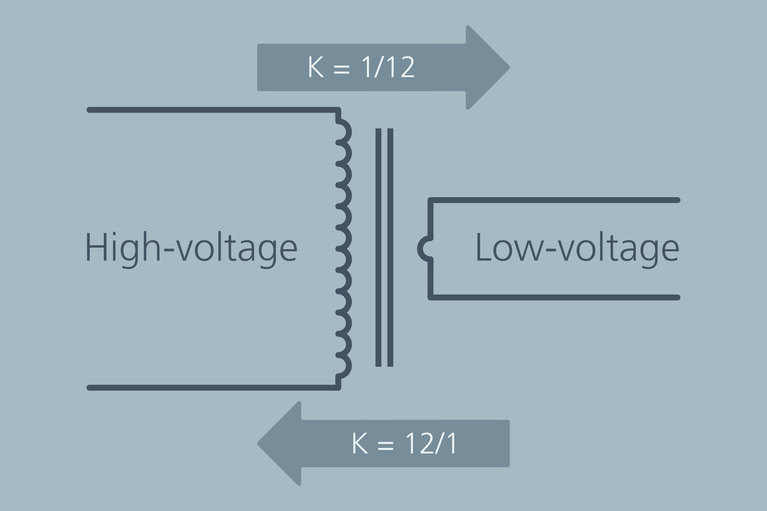
The future of standardized defense platforms using MOSA, SOSA and VPX open architectures
The future of standardized defense platforms using MOSA, SOSA and VPX open architectures

Vicor conducted a research study to understand the challenges faced by power system designers, which showed that power engineers are under more pressure than ever, with most respondents struggling to meet project schedules and cost targets. Their ability to meet these key targets is significantly impacted by a lack of availability of internal engineering resources and lack of power-design expertise on their teams.
Power designers are under increasing pressure to deliver high-performance systems. 75% of respondents listed performance as one of their top three concerns, making it the highest priority when developing power systems. The combination of a lack of engineering resources and skills, and the demand for higher performance is a factor causing 80% of the respondents to struggle to complete designs in the allocated time. The survey showed a clear correlation between lack of resources and the performance of the power design team, as the respondents that struggled with availability of resources (78% of the engineers) took 23% longer to complete designs.

Requirements changing after design work has begun was identified as an issue by almost all (87%) of the respondents. These changes to specifications during development make meeting deadlines even more difficult and place even greater demands on the power-design team. Two-thirds of the respondents (67%) believe this problem is getting worse, meaning that power engineers need to cope with more redesign work during project at the same time as timescales are becoming even more compressed.
The lack of expertise is not something that power designers only attribute to their colleagues. When asked to rate their own power-design skills and knowledge, the respondents rated themselves as just 59/100 on average. With all the respondents responsible for designing power systems, this low score further highlights the lack of expertise in most companies. This lack of expertise is particularly concerning given the pressure on engineers to deliver high-performance power systems.
Ideally vendors of power products, either manufacturers or distributors, would be able to help, filling in the skills gap. This, however, doesn’t appear to be the case, with 75% of respondents highlighting lack of support from suppliers as a major issue.

Although power-system design is a very technical role, the survey revealed that very few engineers are power-system specialists. Half of the respondents (50%) spend three-quarters or more of their time working on tasks other than power design and 70% spend half their time or less on power. This requirement to multitask means that engineers need a broad spread of knowledge and is the most likely explanation for the lack of power skills and knowledge.

Unfortunately, demographics are likely to make the situation worse, rather than better. 41% of the respondents were 45 or over, showing a lack of young power engineers. The skew to older engineers was much worse in the USA (65% of respondents were 45+) and EMEA (60%).
With many power specialists in their mid or late careers, unless action is taken, power designer numbers could fall dramatically. In USA and Europe, the Vicor model predicts that they are likely to reduce by 40% in the next 10 years.

There is no easy way to fix the expertise and resources challenges: in fact, it appears that the respondents were trying to address the issue, but struggled to find the right people to hire. Of those who said that availability of internal resources was a problem, 71% are finding it increasingly difficult to find and recruit qualified power-design engineers. Even respondents who don’t have a resource issue don’t find it easy to hire, with 67% of them saying it is becoming increasingly difficult to find the right engineers.

Additionally, hiring isn’t an easy fix. Recruitment is expensive, new recruits take time to become effective and the shortage of power talent means that this is unlikely to change in the future. This means that contractors are also unlikely to provide a sustainable solution and long-term use of contractors to enhance the in-house team’s skills can be very expensive.
Contracting out design work to external companies is one potential solution, but it can be expensive and does nothing to address the lack of in-house expertise. The inevitable changes to specifications highlighted by the survey are also likely to have the most impact when contracting out, as projects are delayed and costs increase due to re-negotiation of the contract.
With the power-design skills shortage unlikely to get any better in the foreseeable future, it’s clear that a different approach is needed. Rather than trying to find a way to overcome the complexities of designing discrete power systems, companies should be looking for an approach that reduces the demands on the power-design team.
One approach is the Power Component Design Methodology. By using power components that are designed to work together, engineers can quickly and easily build high-performance, complex power systems without the need for highly-specialized expertise.
Selecting the right power components and architectures is made even easier by tools that help with product selection, power-system architecture and performance analysis, such as those offered in the Vicor PowerBench suite. These tools will also analyses and simulate performance, allowing even novice power engineers to have confidence that their design will work first time. Power components can be replaced easily, allowing changes in specifications to be met with only the simplest re-design effort.
The modular approach of the Power Component Design Methodology and the many tools available to help engineers using it, are a revolution that can help companies overcome the shortage of power‑design talent. Taking this approach helps Vicor customers meet their tight schedules and cost targets with their existing engineering resources.
Vicor conducted an online research project to understand the challenges and issues facing power‑system designers using an email questionnaire sent to engineers involved in power-system design around the world. Independent third-party lists were used to avoid any selection bias. Responses were collected using an online survey tool and anyone who was not involved in power-system design was removed from the respondents for analysis.
The future of standardized defense platforms using MOSA, SOSA and VPX open architectures
The future of standardized defense platforms using MOSA, SOSA and VPX open architectures
Delivering higher power density and low noise for New Space applications
Patented power design techniques and architectures needed to deliver optimal power and low noise for space communications applications
High-performance ZVS buck regulator removes barriers to increased power throughput in wide‑input-range point-of-load applications
Today's higher performance applications require more than what conventional regulators can offer. Learn how ZVS topology can boost your performance.
Redefining power delivery networks with fixed‑ratio converters
This white paper discusses the fixed ratio, DC DC converter and why designers should consider it an essential part of the power delivery architecture



